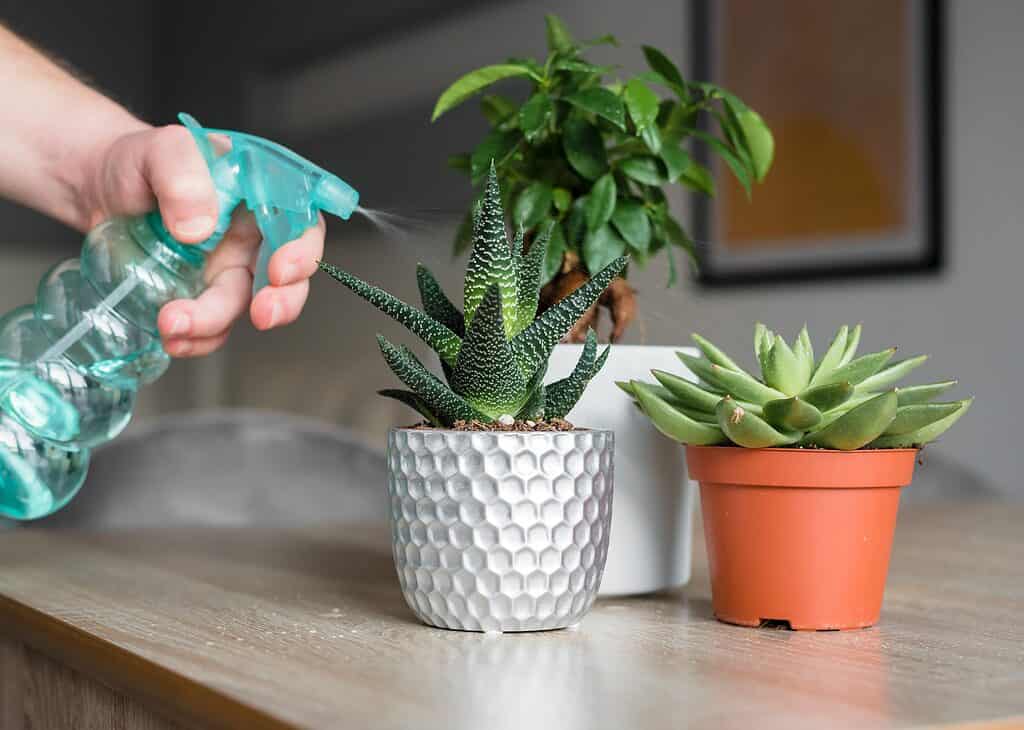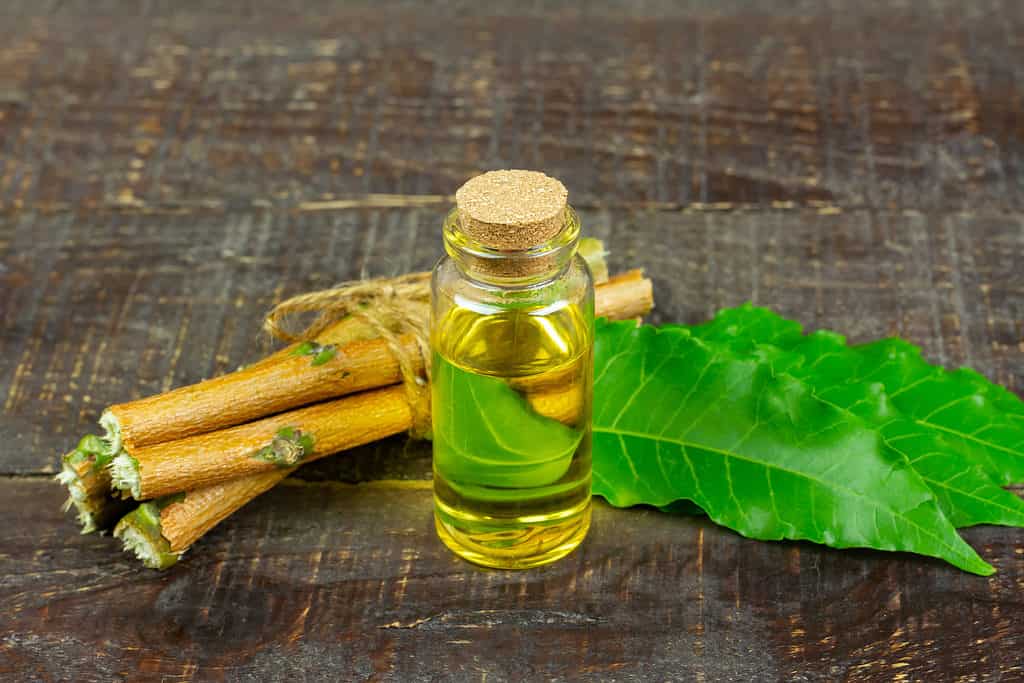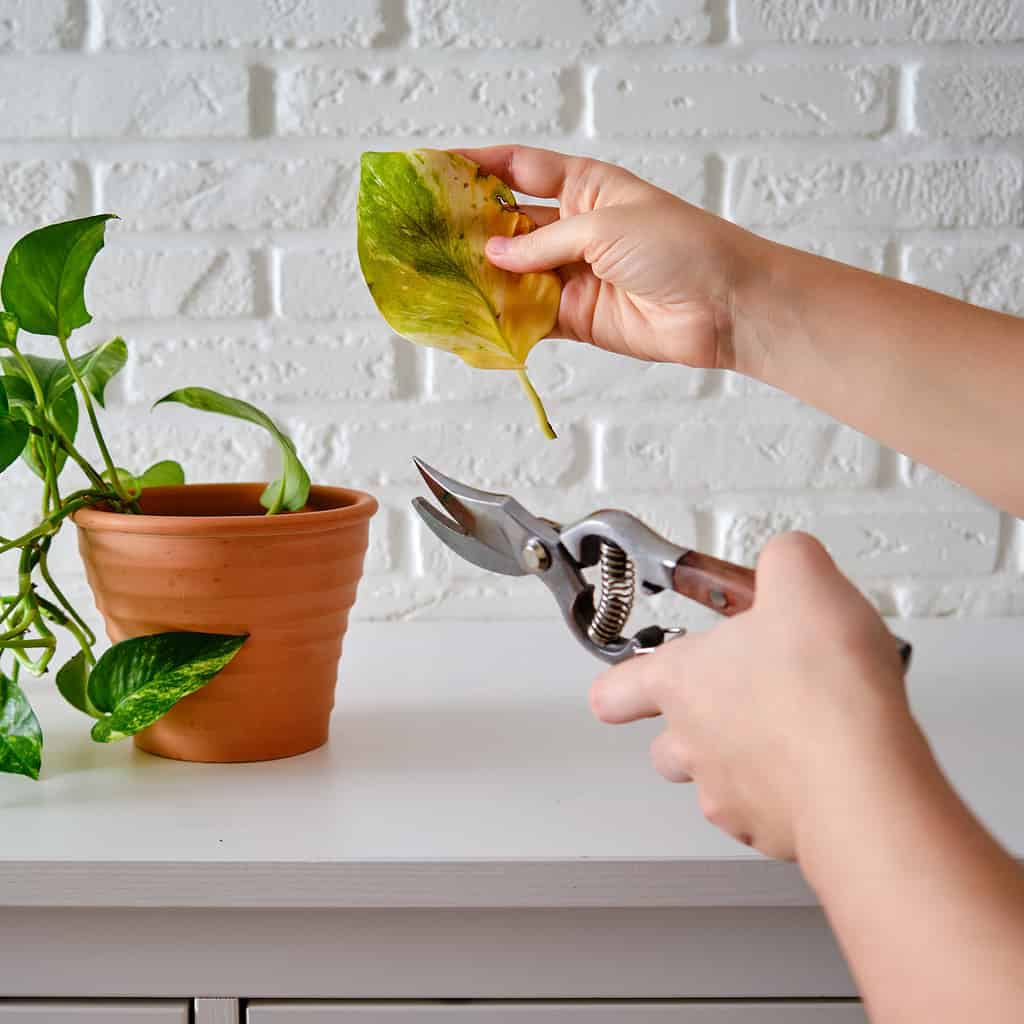Indoor houseplants can brighten up any space and even improve indoor air quality. They add a sense of the natural world to an otherwise unnatural space. There are countless benefits to keeping at least one (or many) houseplants around. Unfortunately, there are also a few downsides. One of those is that they are not immune to pest infestations. A common problem plaguing indoor plants is aphids. But don’t worry. We’ve gathered a list of 5 quick and effective methods for getting rid of aphids on houseplants.
What Are Aphids?
Aphids (Hemiptera) are tiny pests that target nearly any plant they can find. There are over 500 species, ranging in size and color. Most species are no larger than 1/8 inch long. They come in seemingly endless colors, including yellow, black, and green.
These unwanted critters inhabit the underside of leaves, where they can more easily access the stems. Most aphids target outdoor plants. However, they can also get onto houseplants.
How Do Aphids Damage Plants?
Aphids love sucking the juicy, tender sap out of plant leaves. They excrete any excess sap back onto the leaves in the form of a sticky substance called honeydew. It produces a dark mold that blocks the photosynthesis process.
Aphids can also drain the foliage of its vital sap, causing individual leaves to die. Leaving aphids untreated can stunt the growth of houseplants or ultimately kill them.
So, addressing any infestation quickly is vital. Make sure to gently wipe the foliage with water or a dry cloth before beginning treatment. This step will help clear off any eggs.
1. Use Insecticidal Soap

Spraying insecticidal soap on aphids will help kill them.
©schankz/Shutterstock.com
One of the most popular ways to get rid of aphids is with insecticidal soap. You can purchase it pre-made from the store or use a homemade version, depending on your preference.
If you opt for the former, look for a brand without harsh chemicals, artificial perfumes, and additives. These can ultimately damage the plant’s foliage, stunting its growth. You don’t want to use the store-bought option at full strength. Dilute a small amount (around a teaspoon) into a gallon of water. Alternatively, you can make your own blend with a standard dish soap.
To apply either mixture, spray it on the foliage. You want to focus on the underside of each leaf since that is where aphids lay their eggs.
2. DIY Pest Control Spray

Make a highly effective pest control remedy with standard household ingredients and store it in a labeled spray bottle.
©Ilina Yuliia/Shutterstock.com
A surprisingly effective pest control remedy is easily made in the comfort of your home. It deters most species, including aphids. Combine garlic, cayenne pepper, and an optional onion. Soak these in water for at least an hour, up to overnight.
Some instructions will tell you to blend them into a paste. Others recommend leaving the items whole. Either option works well. However, the paste will help infuse the water with its effective properties faster. So, those looking for a rapid remedy will want to blend all their potent ingredients together. Whichever method you choose, strain the solids out before storing and using.
The allium family has natural pest control properties since the smell acts as an immediate deterrent. Feel free to spray this aromatic water on houseplants as is or add a dash of dish soap for extreme killing power. Spray it onto the foliage, focusing on the underside of the leaves until the aphids are gone. It can be used occasionally to prevent pest issues as well.
3. Spray Neem Oil

Neem oil is a handy natural remedy for pests.
©iStock.com/Ninetechno
Another natural alternative for getting rid of aphids is neem oil. This organic solution comes from the neem tree and is extremely gentle on most plants. It’s safe for aphid control on houseplants and vegetables. Insects don’t like the smell of neem oil, and its natural properties inhibit reproduction. You will need to reapply neem oil at least two or three times before seeing results. If any houseplants live in an outdoor area, the neem oil will need to be reapplied after a rainstorm.
4. Hang Glue Boards or Sticky Traps

Adding sticky traps near your houseplant will help control the aphid population.
©DimaBerlin/Shutterstock.com
Glue boards and sticky traps are a quick and handy method to take care of aphids and other pests. You can find them at most garden centers, nurseries, or home improvement stores. Hang them near houseplants or set them carefully next to the pots. They won’t help remove any existing aphids hanging out on houseplants, so use this method in conjunction with others.
5. Remove Infected Sections

Use pruning shears to help cut away any infected plant parts.
©iStock.com/Andrey Zhuravlev
A quick and easy way to get rid of aphids is to remove any sections with adults or eggs. Dispose of these in the trash to prevent infestation of any other plants. However, this only works if the unwanted pests are on a small portion of the plant. Cutting too many sections off can harm your houseplant.
Summary of 5 Quick and Effective Methods for Getting Rid of Aphids on Houseplants
| 1 | Use Insecticidal Soap |
| 2 | DIY Pest Control Spray |
| 3 | Spray Neem Oil |
| 4 | Hang Glue Boards or Sticky Traps |
| 5 | Remove Infected Sections |
The photo featured at the top of this post is © jamaludinyusuppp/Shutterstock.com
Thank you for reading! Have some feedback for us? Contact the AZ Animals editorial team.







